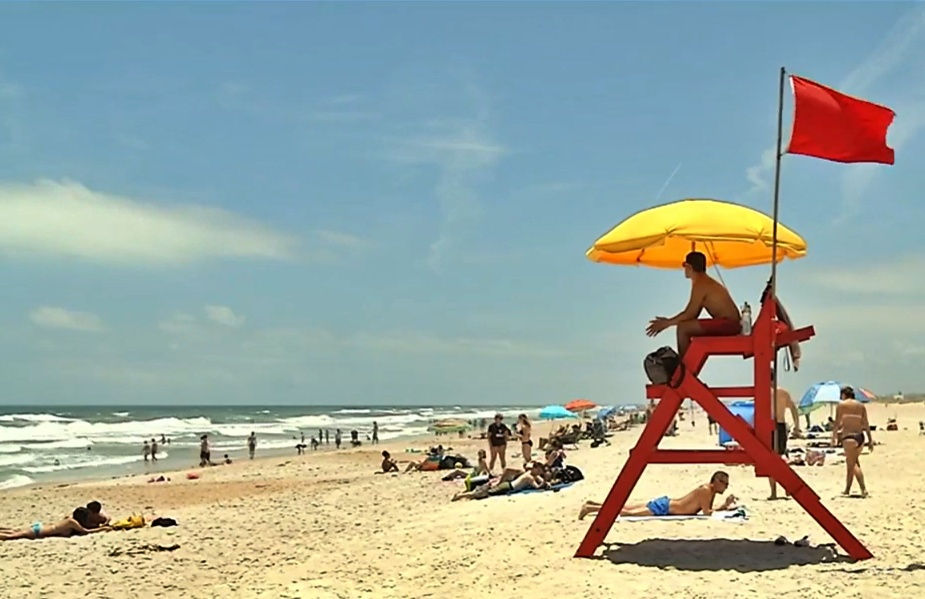City density issue rehashes same rhetoric but State's Live Local Act gets commission's attention
- Mike Lednovich
- Jan 2, 2024
- 3 min read

The late Los Angeles Dodgers Manager Tommy Lasorda once said "opinions are like noses, everybody has one."
There were fine examples of LaSorda's observation at the Fernandina Beach City Commission workshop Tuesday in which reducing the density allowances in the Land Development Code (LDC) was discussed.
Commissioner Chip Ross, who placed the density issue on the agenda, proposed reducing the LDC ordinance to 10 units per acre.
For nearly 35 minutes, city commissioners could not reach agreement on whether the downtown density of 34 units per acre, which was adopted in 2016, is a problem. They also couldn't agree whether overall density was even an issue in the city.
What they did agree on was to discuss density again after city staff provides them with relevant data.
Florida's Live Local Act was discussed extensively. The Live Local Act was designed to increase affordable housing development, but the act also includes a provision that modifies the approval process for new housing developments by requiring local governments to relinquish control of several zoning and land-use regulations.
For example, under Live Local a developer could build a 130-unit apartment complex on six acres of land recently annexed into the city despite city restrictions that would allow only a complex one-fourth that size.
Ross and Vice Mayor David Sturges once again engaged in verbal jousting that produced the same past arguments during votes on annexations and rezoning of property.
Ross echoed his macro view of the state of Amelia Island.
"I didn't propose this as a fix to Live Local," Ross said. "I proposed this because you can't stuff any more people on this island. Everybody talks about quality of life on the island. They don't want any more congestion. They want to keep the quaintness. Those things are attacked by high density. High density is great in a city. This is not a city, it's a rural community or was a rural community because it's not any more. It's an island and the real issue is what is the carrying capacity of this island."
Sturges relied on his repeated counter argument and view that density on the island is not a problem.
"He (Ross) says there's more people on this island. I don't think he's done a study to prove that," Sturges said. "However that bridge (Shave Bridge) opens up every day and those 1.6 million tourists come over it every year. Do the math. The density that you see, and I've said this almost every meeting we talk about development, is not from the residents who live on this island. It's from people who come here every day and leave here every day."
Most of the commissioners focused on Live Local and whether changing the LDC density definition would successfully blunt its impact.
"For me the issue is why it is so vastly different?" Commissioner Darron Ayscue said in reference to Nassau County's density allowances. "Do we want a more homogenized island where the density is more spread out, does it all look the same?....I look at this as a joint effort with the county. Where are they and where do we need to be. I don't know where that max density (for the island) is. I think it's going to take a lot of work from our planning department and a pretty big undertaking to get there."
Ayscue also said he believed there were "good" projects with Live Local. "I think there a Live Local projects that are good and can be realized," he said. "Do they need this max density? I don't know. I'm worried about those impacts to projects that are out there that I would like to see or know if they're going to be negatively impact a project that I think is a good project."
To Ayscue's point, commissioners asked Planning and Conservation Director Kelly Gibson to compile data on past and current projects and how density rules and other requirements impacted those developments.
Gibson said that generally density developments typically average eight units per acre in the city. Parking, landscaping, stormwater and other considerations typically result in developers downsizing their original plans.
"The sky is not falling. I just want to point that out," said Mayor Bradley Bean. "I do have an issue with Live Local because of homogenization. If Live Local comes and says everybody can have the most density, it's going to homogenize the city. What makes our city special is the differences of these neighborhoods."
Bean added "We didn't create this law (Live Local). We're just trying to make the best decision that's good for Fernandina."
He said he would like city staff to give commissioners something regarding density recommendations that is actionable.
"I know we have to do something on this," Bean said.




Someone has a new spelling word.
The reality is barrier islands have development capacity limits. Between the tourist traffic, and seasonal/full-time residents Amelia Island is already overrun. Exponentially unchecked residential/commercial development in Yulee and Callahan is a significant factor which presently strains island resources. The impact on Amelia Island is overwhelming from events, tourism, and adjacent communities due to relentless nationwide/international marketing of Amelia Island as a "pristine nirvana."
A.I. is long past enforcing an edict which provides for only building within existing footprints with occupancy limited to previously recorded capacity. No added impact on water, sewer, roads, parking, schools, power, fire/police, sanitation, or the ability to evacuate all residents during hurricane season from a barrier island.
All the world…